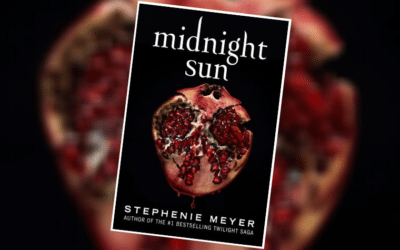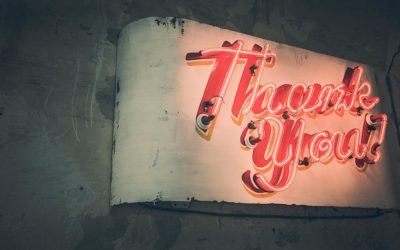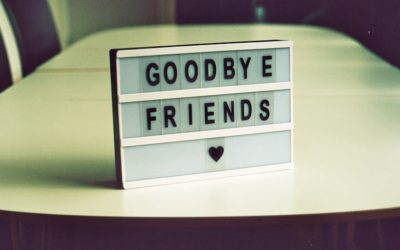Do You Remember Where You Were?
When the first plane hit, I was in the bathroom getting ready for work. My husband called me from his grad school classroom and was on his way home. After turning on the TV, I called in a personal day for work and watched in disbelief and horror as the second plane hit.
Do you remember where you were? How you felt? Did you lose anyone in the tragedy?
While I didn’t lose anyone personally, I still fall to tears every time I hear the heroics of the passengers on Flight 93, or the countless firefighters and emergency responders who ran into those buildings knowing they might not come back out. It churns my gut now that there are too many fallen heroes to count individually.

More About Hope and Other Punch Lines
Hope and Other Punch Lines is a story written from two perspectives. The first is Abbi Hope, who was rescued from her daycare in the World Trade Center and was photographed escaping as the first building fell. In the novel, this picture became famous as a symbol of hope for our future amidst tragedy. The second perspective is from Noah. A year younger than Abbi, Noah is desperate to find his father presumed dead from 9/11. However, Noah’s big secret is his father is one of the people fleeing in the famous picture of Abbi’s rescue – leaving Noah to hope his father could possibly be alive.
While the entire novel is fiction, it does address the terrorist attacks on September 11th and its events head-on from the perspective of the survivors. Abbi’s town is based on the real town of Middletown, New Jersey; the city outside New York City with the largest amount of victims from terrorist attack. It also addresses the fallout of 9/11 toxins that were released into the air and have led to the premature deaths of over 1000 survivors of this horrific event.
Why I loved Hope and Other Punch Lines:
It helped me to remember 9/11 but also respect it in a different way.
Because now, my children only see and hear about 9/11 from history books and documentaries in the same way I watch World War II or Vietnam or Hiroshima documentaries. It woke me to their ignorance of what it was like before September 11th, 2001, and what our world (the only world they’ve ever known) is now. It also opened my eyes to the victims’ families: how their whole world was reshaped after that day, and how a generation of kids would grow up without a parent or parents because of that day. In her Author’s Note, Julie Buxbaum references Middletown, America: One Town’s Passage from Trauma to Hope by Gail Sheehy, one of her inspirations for writing this novel. It’s on my TBR pile.
Hope and Other Punch Lines tackles heavy issues with the light quick wit Julie Buxbaum is known for.
Noah uses comedy and jokes for healing, and the banter between Abbi and Noah is reminiscent of What to Say Next. Buxbaum balances the heaviness of loss with the banter of new relationships set at a summer day camp.
Hope and Other Punch Lines also takes on the different types of survivors and how they cope with living beyond the tragedy.
Abbi and Noah set out to find all the individuals who were in the 9/11 photo with her. For Noah, it’s to piece together clues about his father and if there is a chance he’s still alive. For Abbi, it is a healing connection with those that experienced 9/11 and still remember it, deal with it and live each day with so much loss.
You Need To Read This Book
I would definitely recommend this book to anyone who enjoys YA but also wants a fresh perspective on 9/11. It’s real and honest and gut-wrenching at times. For my own daughter, whom I got pregnant with one month after 9/11, and her generation who were born after 9/11, it is a way to help them understand through empathy. Loved this book. Love the heroes of 9/11.
Always remember.
Purchase Hope and Other Punch Lines here. You can read more about Julie Buxbaum on her website.




